Statement of Building Code Compliance
Summary of the DensElement and DensDefy barrier system’s compliance with relevant clauses of the New Zealand Building Code, refer Engineering Judgement Report.
- B1 Structure — B1.3.2 and B 1.3.3 a), f), h), m) — DensElement sheathing board was successfully tested to ASTM C473 Standard for flexural strength, hardness and nail pull resistance, meeting the requirements of ASTM C1177 for glass mat gypsum substrate to be used as exterior sheathing. Gravity/self-weight — The DensElement sheathing boards are secured via nails, screws or staples into the supporting framing. Attachment for gravity is covered in the technical and installation guides. Seismic - The DensElement Barrier System has an unfactored ultimate racking strength of 9.544 kN/m when installed per fastener specification for racking strength resistance. The sheathing board may also be used as a component of a shear resisting wall when used in accordance with the product literature. Wind - The DensElement Barrier System was successfully tested to ASTM E330 Standard for structural performance and can withstand unfactored ultimate wind loads up to 17.9 kPa. Differential movement — The system was successfully tested to ASTM E1233 Standard for Structural Performance and showed no panel deflection failure under transverse load. In general, the engineers judgement stated that they expected the system to be adequate to accommodate l/100 (1%) inter-storey drift without damage.
- B2 Durability — B2.3.1 a), b), and B2.3.2 a), b) — Systems were successfully tested to ASTM E331 in a 4-stage assessment for water penetration after testing for loading, racking and environmental conditioning. Systems were successfully tested for hydrostatic pressure following weathering by UV light exposure and accelerated aging. Both systems require fasteners to be fully protected or encapsulated to prevent corrosion. Systems are intended to be overclad to prevent degradation of the materials for the duration of their intended use and should not be subject to periodic maintenance. DensElement Sheathing are manufactured to ASTM C1177 – Standard Specification for Glass Mat Gypsum Substrate for use as an exterior sheathing. DensElement Sheathing was successfully tested to ASTM D3273-12 Standard for Resistance to Growth of Mold. Glass Mat Gypsum Panels are indicated to have a service life of 60 years. The system is similar other gypsum sheathing solutions that have in-service history in New Zealand and overseas. DensElement and DensDefy systems form water-resistive barriers with fully protected seams, fasteners and penetrations. When installed per manufacturer literature, the engineers judgement states tht they are satisfied it will achieve a minimum of 15 years durability, or 50 years where required.
- C3 Fire - C3.5 and C3.7 - DensElement Sheathing is non-combustible as tested in accordance with ASTM E136. It is therefore compliant with C3 through the Acceptable Solutions C/AS2 to C/AS7 pathways. The system is compliant with NFPA 285 – Standard Fire Test Method for Evaluation of Fire Propagation Characteristics of Exterior Wall Assemblies Containing Combustible Components. This Standard is refenced in C/AS2. DensElement Sheathing is UL classified as Type X in accordance with ASTM C1177 and may be used in lieu of 5/8” gypsum sheathing Type X in generic fire-rated wall assemblies. DENSDEFY LIQUID BARRIER SYSTEM - The system is NFPA 285 compliant with multiple assemblies that hold an ICC-ES Evaluation Report. he system has a Class A/Class 1 fire rating as tested to ASTM E84 Standard for surface burning characteristics.
- E2 External Moisture — E2.3.2 — The generic cavity cladding system shown in E2/AS1 is comprised of three main components: a water-shedding surface, a drained cavity, and a weather-resistive barrier. The proposed systems constitute the weather-resistive barrier component and are intended for use in a rainscreen cladding approach. The systems were successfully tested for water penetration resistance to ASTM E331 Standard which is referenced in AS/NZS 4284:2008 – Testing of building facades. The systems were successfully tested to ASTM D2247 Standard for water resistance of coatings. The sheathing boards are glass mat faced and impregnated with AquaKorTM
- Technology for a monolithic water repelling and vapour open barrier. The system was further tested to ASTM E331 with 3 different cladding support types. Water penetration resistance was successful under increasing static air pressure differential up to 900 Pa. DENSDEFY LIQUID BARRIER SYSTEM was successfully tested to AAMA 714 for water penetration around nails and water immersion and is the nominated product for both systems. The engineer states "These systems will meet the functional requirement of building code clause E2 and applicable performance requirement by preventing water reaching the internal framing."
In-Service History
- Glass Mat Gypsum Panels are indicated to have a service life of 60 years.
- The system is similar other gypsum sheathing solutions that have in-service history in New Zealand and overseas.
Other Performance Attributes
- DensElement Sheathing are manufactured to ASTM C1177 – Standard Specification for Glass Mat Gypsum Substrate for use as an exterior sheathing.
- DensElement Sheathing was successfully tested to ASTM D3273-12 Standard for Resistance to Growth of Mold.
- Glass Mat Gypsum Panels are indicated to have a service life of 60 years.
- May be exposed to normal weather conditions for 12 months.
- By eliminating the need for a separate WRB/AB, DensElement Barrier System helps to achieve dry-in in fewer steps, meaning the project gets completed faster.
- Because DensElement Barrier System can be installed in challenging weather, schedules are accelerated, achieving dry-in faster while improving the structure’s resistance to normal moisture conditions and uncontrolled air movement.
- DensElement Barrier System and DensDefy Products help ensure the continuity of the structure’s WRB/AB regardless of design complexity and, with the addition of DensDefy Liquid Barrier, maintains continuity across multiple substrates.
- DensElement Barrier System, when properly sealed with DensDefy Liquid Flashing, eliminates the need for a separate WRB/AB and puts a stop to compromising on building envelope design during the construction process.
 NEW
NEW
Library
Brands A–Z
Structure
Enclosure
Interior
Finish
Services
External
EBOSSNOW
Detailed
Account









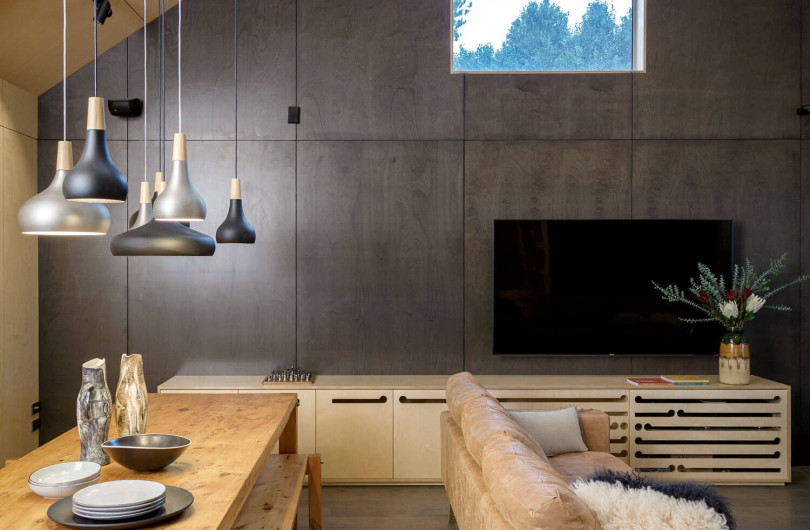

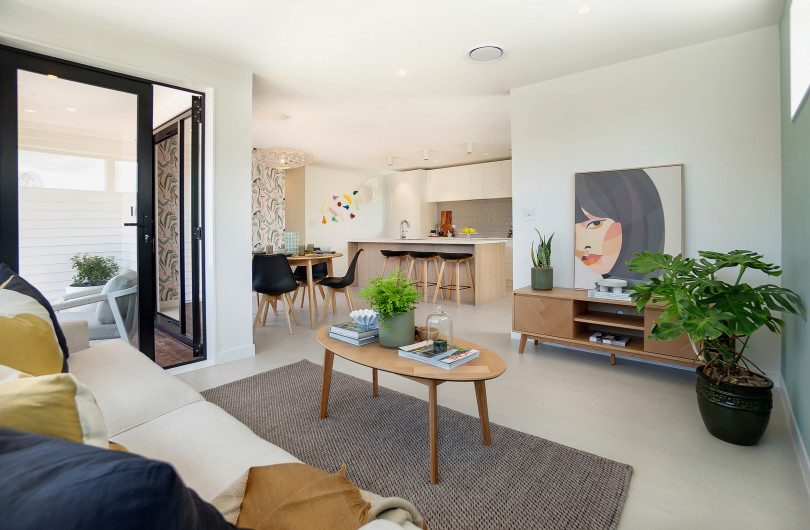


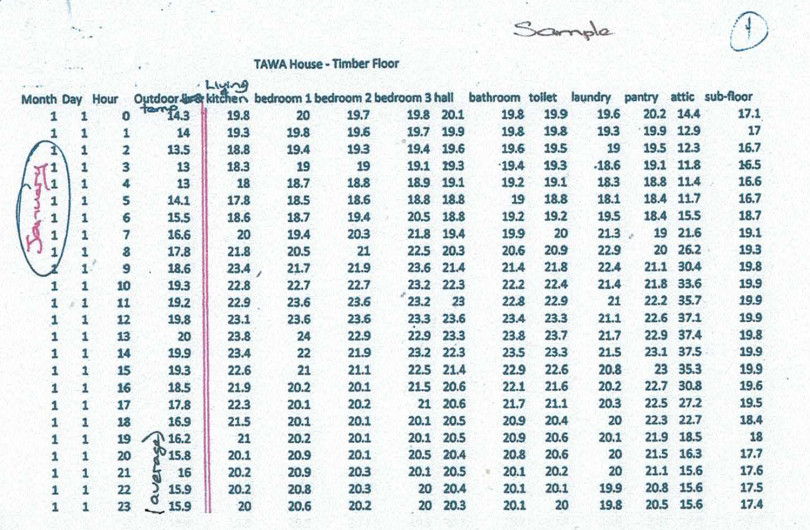




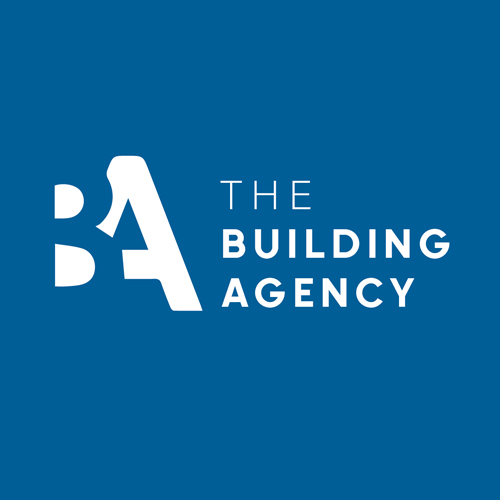
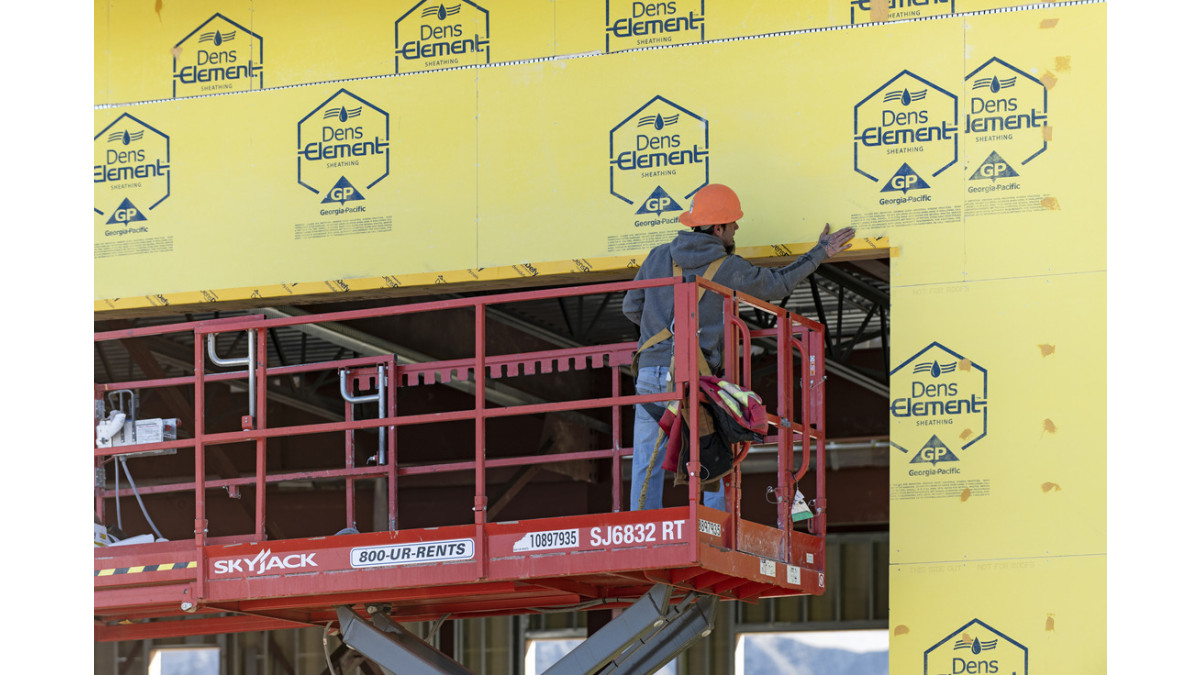
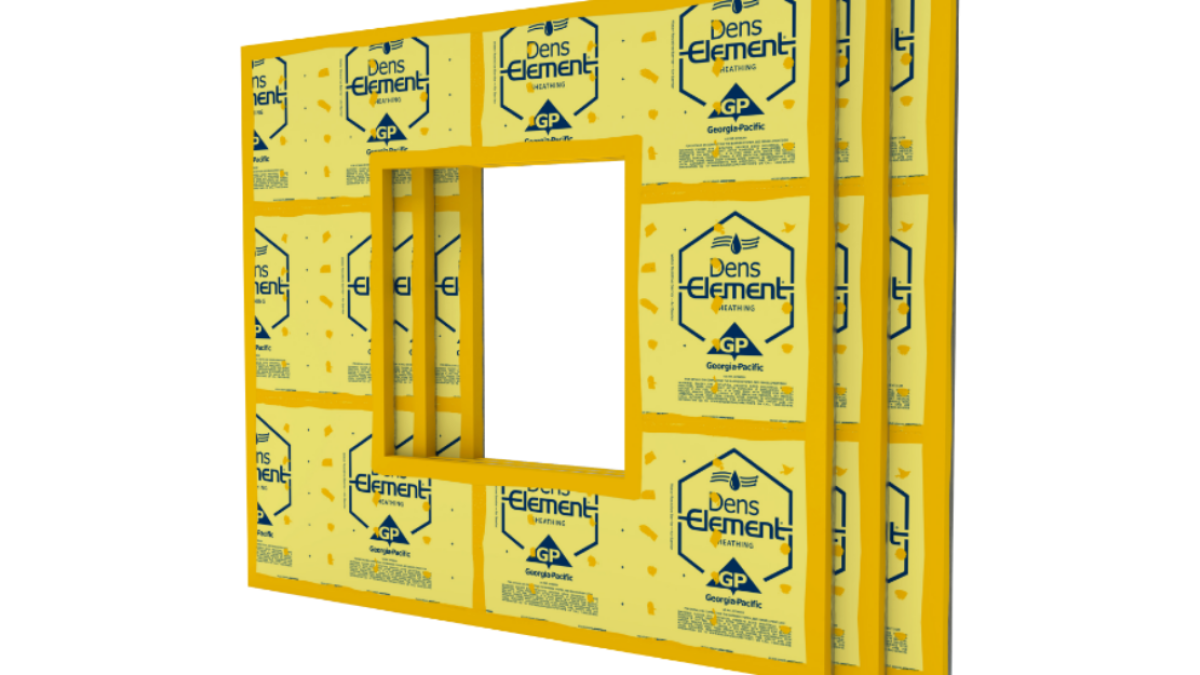
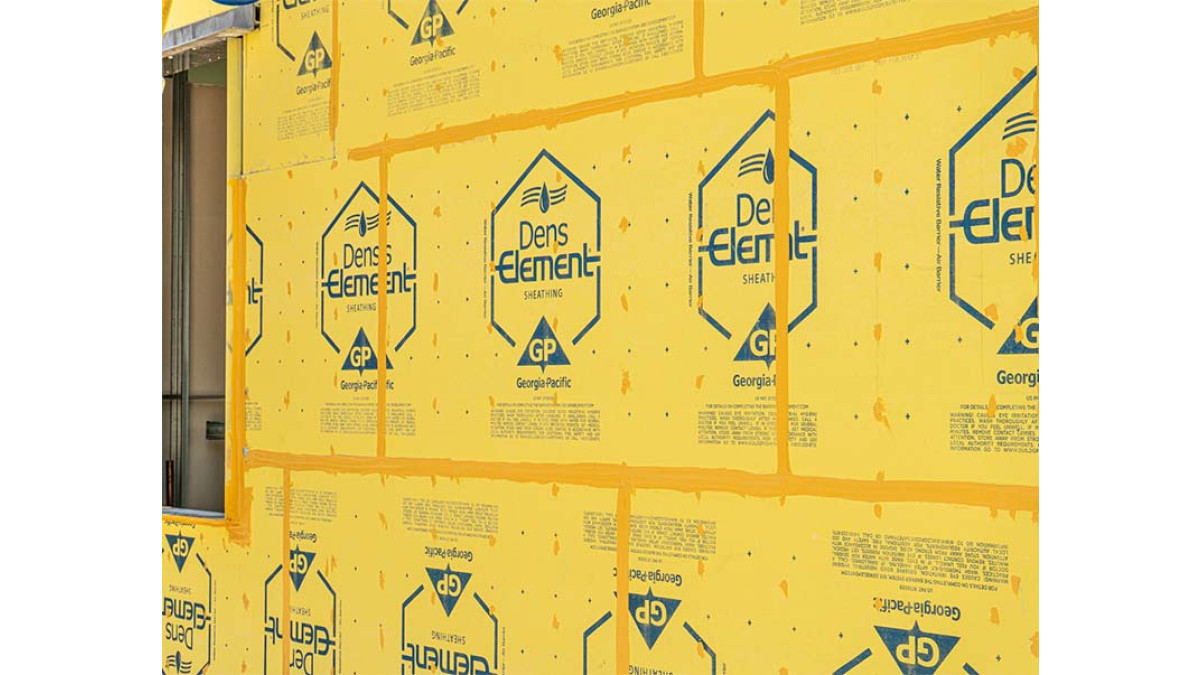
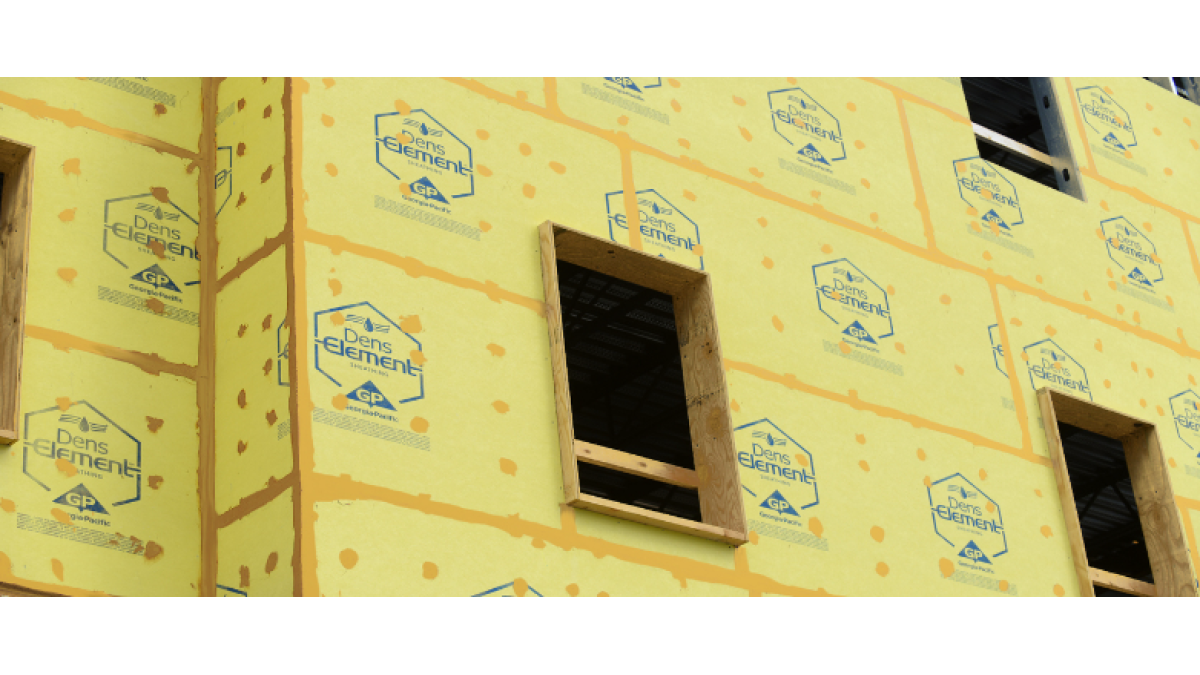
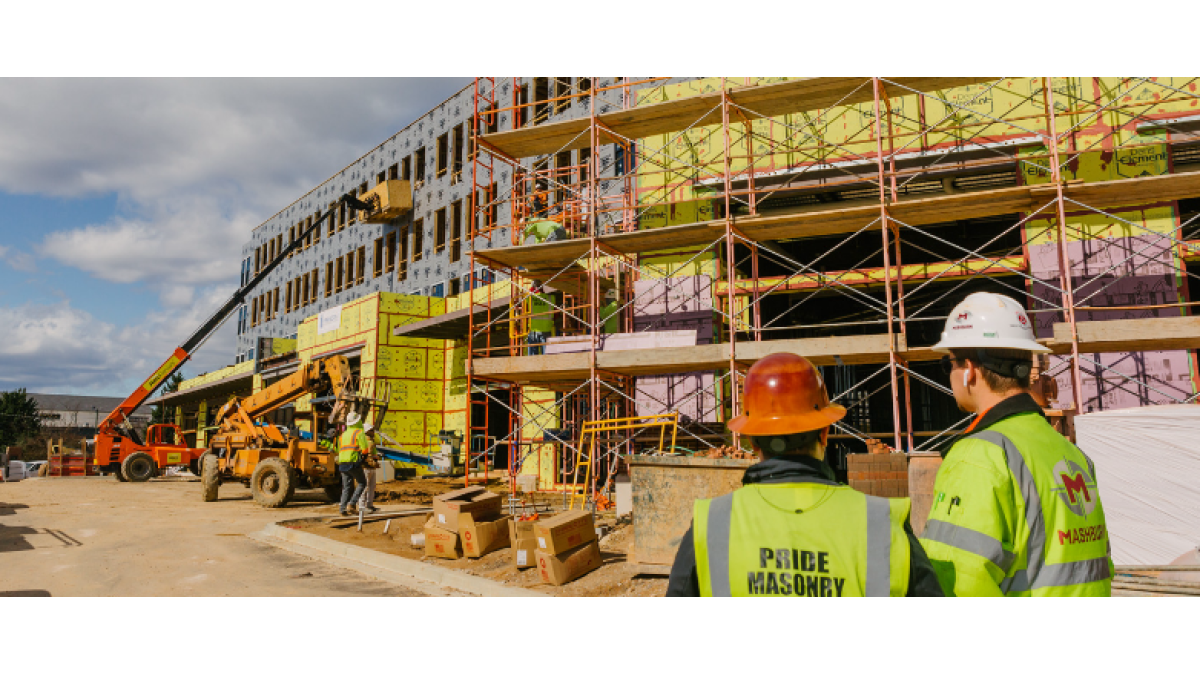
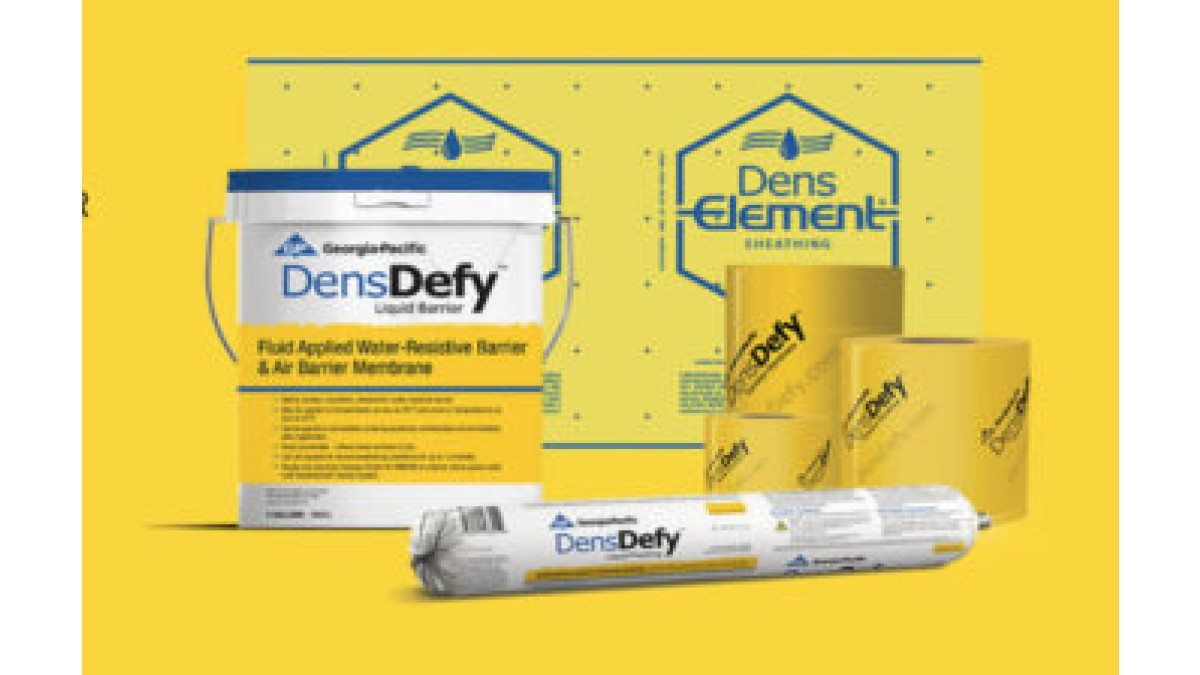

 News from The Building Agency
News from The Building Agency
![Elevate Your Interior Vision with Digitally Printed EQUITONE [inspira]](/assets/Uploads/ebossnow/2024/10/Screenshot-2024-10-29-at-12__FillWzgyMCw0ODBd.23.08PM.png)


